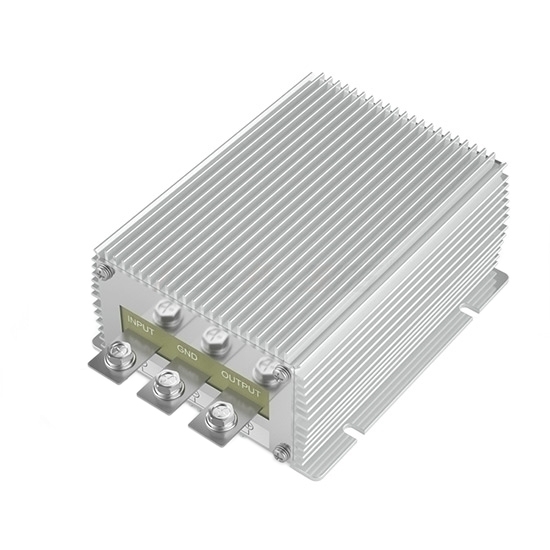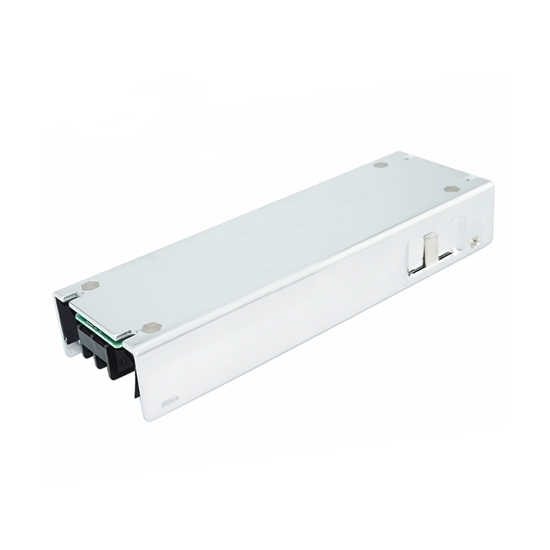DC-DC converters, also known as DC-DC converters or DC transformers, are electrical energy conversion circuits or electrical and mechanical devices that convert direct current (DC) power supplies to DC (or near DC) power supplies of different voltages. Their power can range from very small (small batteries) to very large (high voltage power conversion). Some DC-DC converters have the same reference point for the output voltage and the input voltage, while some DC-DC converters have the output voltage isolated from the input voltage.
DC-DC converters are commonly used in mobile devices such as cell phones and notebooks, which are mainly powered by batteries. Such electronic devices often have many sub-circuits and require different power supply voltages than those provided by batteries or external power sources. Moreover, when the battery power is reduced, the voltage will also drop. Switching DC-DC converters can be used with a battery whose voltage has dropped to keep the voltage supplied to the circuit within a certain range, so there is no need to use multiple batteries for this purpose.

Generally used in the market power supply 50Hz/60Hz DC converter, if the power to more than a few watts, its size will be large and bulky, and winding copper losses and eddy currents in the core will cause energy loss. DC-DC converters will design the circuit so that the transformer or inductor can work at higher frequencies, so the components are smaller, lighter, and more affordable in value. Even these components are used in applications where conventional mains frequency transformers were used.
For example, household electrical equipment often rectify the mains power supply into direct current first, convert it into high frequency alternating current of the required voltage with the technology of switching power supply, and then rectify it into direct current of the corresponding voltage. The whole circuit is more complicated than the traditional system with transformer and rectifier, but it is cheaper and the efficiency will be better.
Most DC-DC converters are designed for unidirectional conversion, where power can only flow from the input side to the output side. However, all switching voltage converter topology can be changed to bi-directional conversion, which allows power to flow from the output side back to the input side, by changing all diodes to independently controlled active rectification. Bi-directional converters can be used in applications like vehicles that require regenerative braking, where the converter is supplying power to the wheels while the vehicle is running, but when the brakes are applied, the power is in turn supplied from the wheels to the converter.

Switching converters are actually more complex from an electronics point of view, but because many of the circuits are packaged in integrated circuits, fewer parts are required. In circuit design, careful circuit design and actual circuit and component layout are required to bring switching noise down to a tolerable range and to allow stable operation of high frequency circuits. For buck applications, switching converters are more expensive than linear converters, but with the advancement of chip design, the cost of switching converters is gradually decreasing.
The ICs on the entire circuit board have their own inherent operating voltage range and different voltage accuracy requirements. The supply of power from a power source with an unstable voltage may cause abnormalities such as malfunction or deterioration of characteristics. Therefore, a DC-DC converter is required to convert the required voltage and stabilize it.